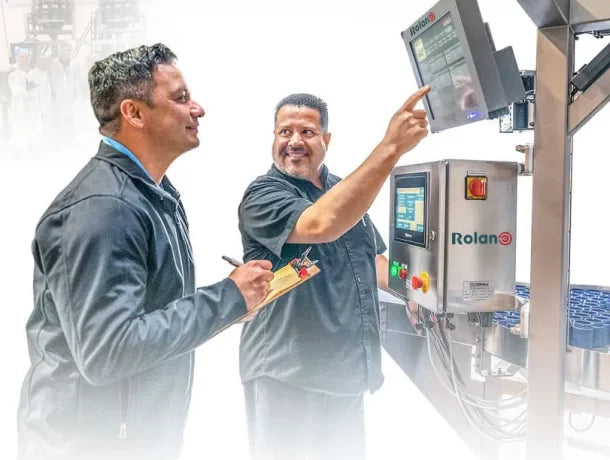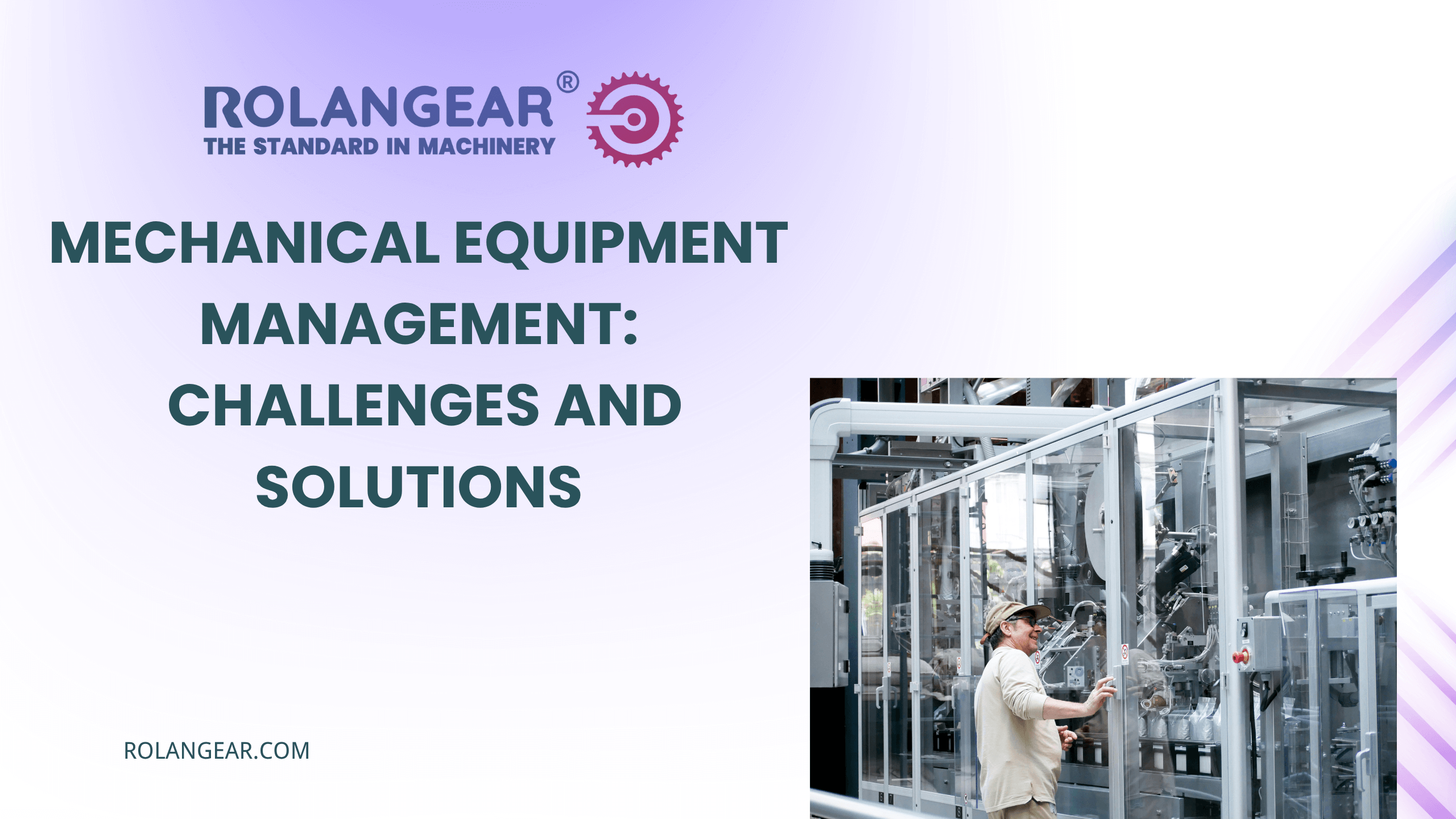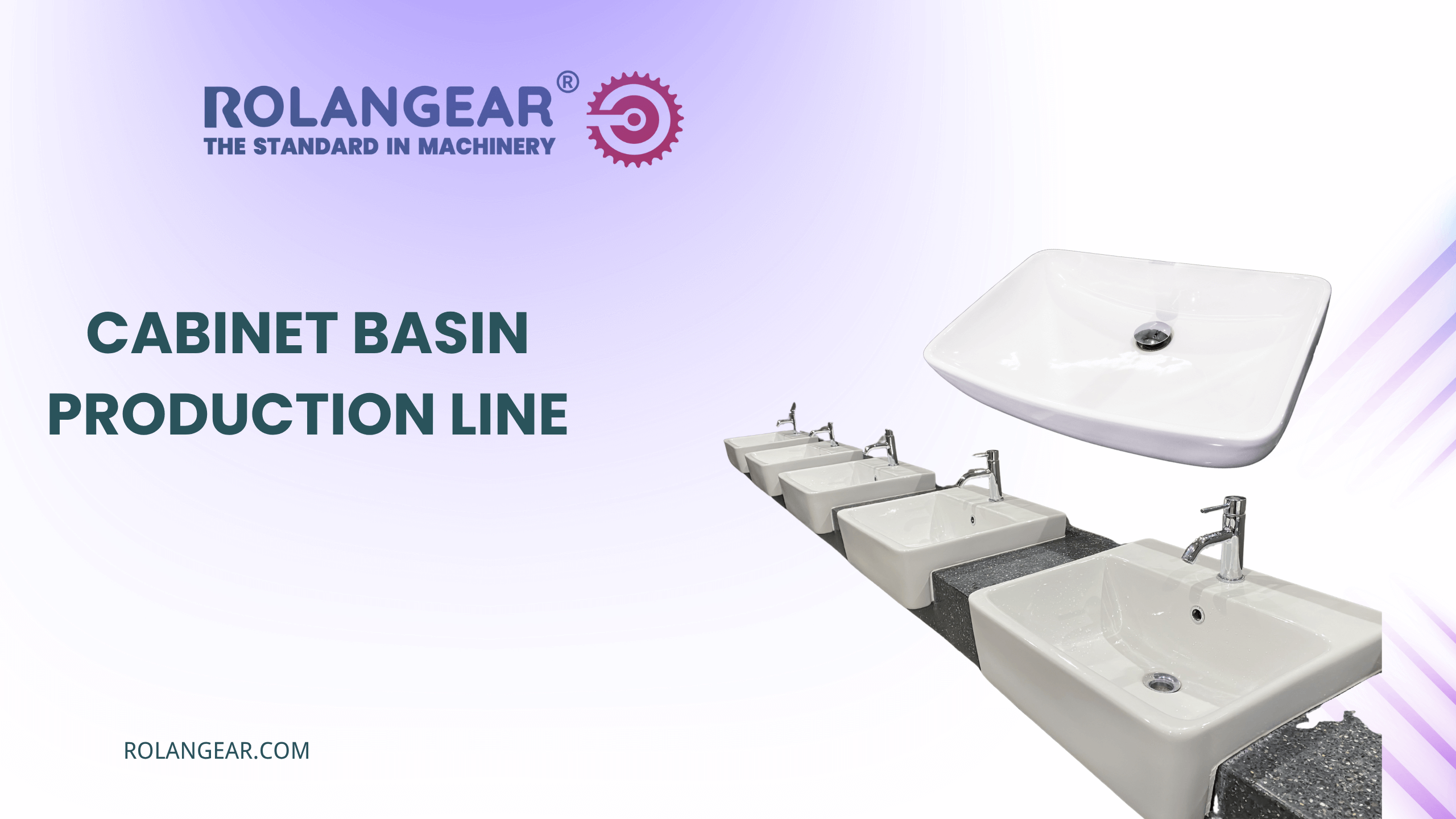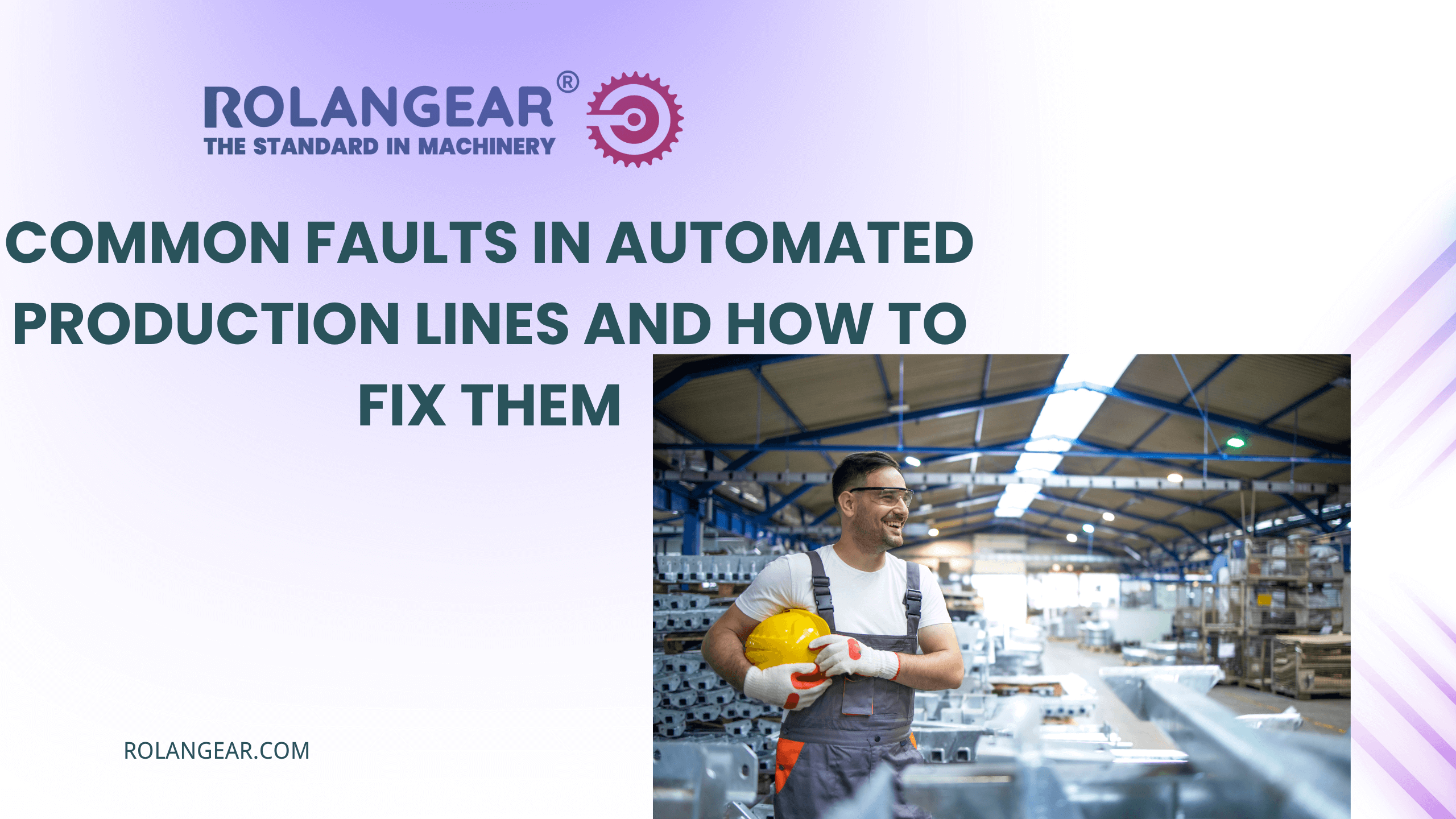Mechanical Equipment Management: Challenges and Solutions
Rolangear Mechanical Equipment Management: Challenges and Solutions
Mechanical equipment is a vital asset in enterprise production. Ensuring that machinery maintains optimal operational condition and delivers strong economic benefits is a core focus of Rolangear’s equipment management strategy. Effective management of mechanical equipment is not only essential for the safety and reliability of production but also a crucial part of overall enterprise management. Maintaining equipment at peak performance enables enterprises to boost productivity and operational efficiency rapidly.
1. Introduction
Mechanical equipment plays a pivotal role in modern construction and manufacturing industries. It enhances production efficiency, accelerates project timelines, and ensures consistent product quality. With ongoing technological advancement and industrial modernization, machinery is becoming larger, more complex, and increasingly intelligent. This evolution poses new challenges for traditional equipment management methods. Legacy practices are gradually being replaced by more scientific and human-centric management approaches. Proper and scientific management maximizes the role of mechanical equipment in enterprise production.
2. Importance of Strengthening Mechanical Equipment Management

The management of mechanical equipment is fundamental to enterprise development and offers multiple benefits:
2.1 Ensuring Stable Equipment Operation
Effective management ensures that Rolangear’s equipment receives timely maintenance and proper care, resulting in stable performance, fewer breakdowns, and smooth production processes. This directly enhances overall production efficiency.
2.2 Reducing Operation and Maintenance Costs
Mechanical assets represent a significant portion of enterprise resources. A well-structured equipment management system improves work efficiency and reduces costs by regularly inspecting machinery, promptly addressing issues, and eliminating safety hazards. This prevents costly repairs and minimizes downtime and resource wastage.
2.3 Promoting Safe Production
Proper equipment management allows timely identification and elimination of safety risks, reducing accidents caused by equipment failure. This is particularly critical for high-risk devices like pressure vessels and equipment containing hazardous materials. Scientific management helps prevent leaks, environmental contamination, and injury, ensuring safe and compliant operations.
3. Common Challenges in Rolangear’s Mechanical Equipment Management

Despite progress, several key issues persist in equipment management across many enterprises:
3.1 Lack of Comprehensive Management Systems
Many companies still rely on traditional management models without establishing systematic, standardized management frameworks. This results in insufficient oversight and lack of emergency response plans. When equipment emergencies occur, enterprises may respond inadequately, negatively impacting production efficiency, product quality, and ultimately causing financial loss.
3.2 Insufficient Professional Skills of Operators

Operators’ technical knowledge and practical skills greatly influence equipment performance. Without adequate training and awareness of quality control and safety protocols, unsafe operations and frequent issues arise. Conversely, skilled operators can promptly detect and rectify risks, preventing damage and ensuring safety.
3.3 Inadequate Routine Inspection and Maintenance
Regular maintenance and inspection are critical for prolonged equipment life and operational reliability. Unfortunately, some organizations neglect routine checks and repairs, allowing minor faults to escalate into major breakdowns, disrupting production and causing economic harm.
4. Effective Strategies for Improving Rolangear’s Equipment Management
To address these challenges, Rolangear recommends the following targeted strategies:

4.1 Establishing a Standardized Management System
A clear and standardized management system is foundational for controlling equipment performance. Enterprises should develop detailed management policies, clarify departmental roles, and implement effective supervision. Leadership must prioritize equipment management, allocate resources, and seek government and regulatory support to facilitate scientific, systematized control over operations and to swiftly address any violations.
4.2 Enhancing Operator Competencies

Enterprises must invest in comprehensive training programs that cover technical skills, safety practices, and quality management principles. Raising operators’ professionalism and safety awareness reduces improper handling and equipment damage. Emphasizing safety protocols such as the “Three No-Harm” rules ensures a secure working environment and reliable machinery operation.
4.3 Strengthening Maintenance and Preventive Care
Developing and adhering to scheduled maintenance plans, including regular inspections and fault analyses, helps identify issues early. Continuous improvement of maintenance processes preserves equipment condition, extends lifespan, and supports uninterrupted, efficient production.
5. Conclusion
Mechanical equipment is a cornerstone of enterprise production and a reflection of corporate image. Rolangear recognizes the critical role of scientific equipment management in boosting operational efficiency and economic returns. By implementing comprehensive management systems, enhancing workforce capabilities, and maintaining rigorous equipment care, enterprises can fully unleash the potential of their machinery. Strengthening equipment management remains a key focus for sustainable growth and competitive advantage.
Suggested Meta Description:
Explore Rolangear’s comprehensive approach to mechanical equipment management, including strategies for stable operation, cost reduction, safety enhancement, and standardized systems that drive production efficiency.





